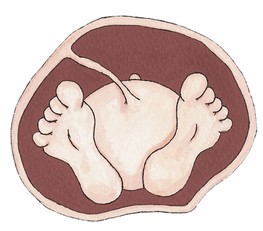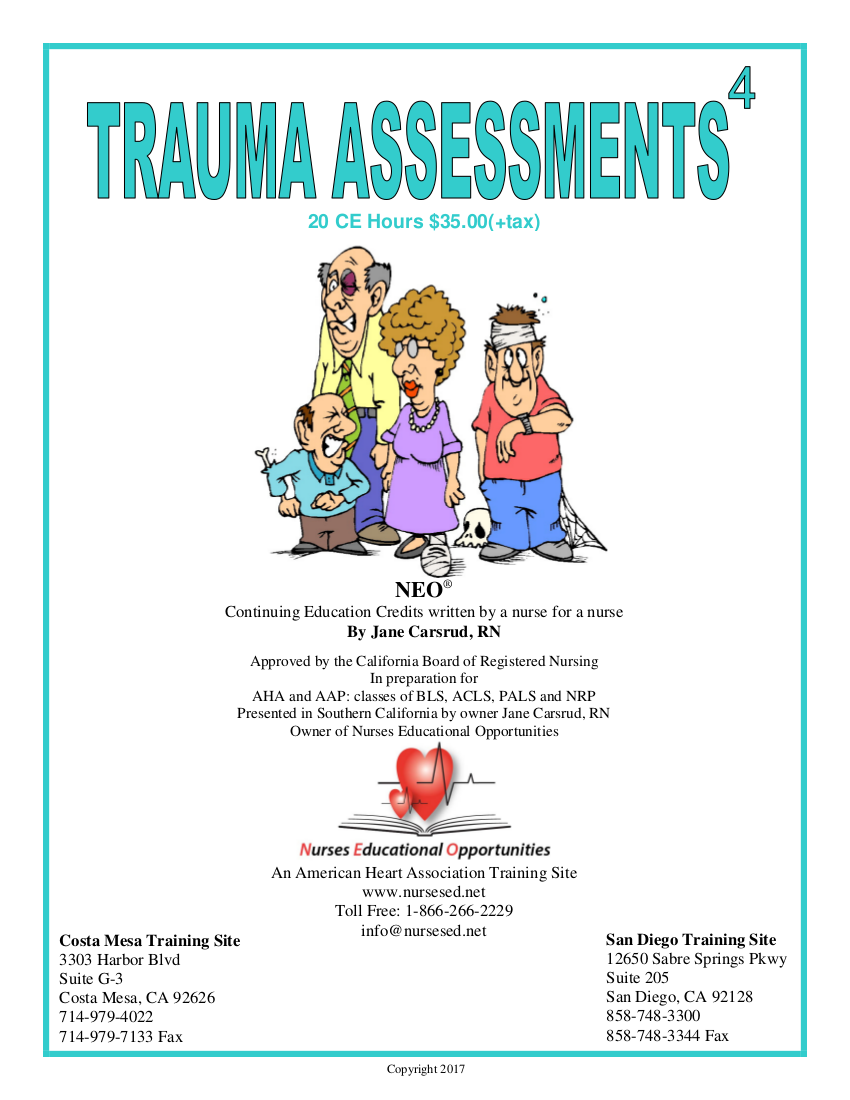
Ready for Intermediate Fetal Monitoring
Intermediate Fetal Heart Monitoring is a 2 day course packed with lots of great information to empower you to care for a laboring mother. We will learn how to perform the Leopold maneuver on a gravid woman to determine fetal presentation, lie, and point of maximal intensity of the uterus for fetal auscultation with a pregnant manikin. We will learn how to place the fetal spiral electrode and the uterine catheter with a manikin with a vaginal canal.
We will discuss the causes of abnormal fetal and maternal occurrences – remember the VEAL CHOP in Basic Fetal Heart Monitoring?
Cheryl’s admission will be discussed. She will have variables which indicate cord compression and we will determine if the variable is caused from intrinsic or extrinsic influences. We will determine if Cheryl has an “extra tank of gas” with fetal reserve for the infant that has complications. We then will decide how to correct these occurrences.
Helga’s admission will be discussed. We will assess if her fetal heart rate is coordinated with maternal contractions to determine if they are periodic or episodic. When you have your period you may have cramps. Think of periodic as fetal occurrences that occur with contractions.
Latoya’s admission will be discussed. She is 17 years of age and has variables. We learn the cause of variables is cord compression and will learn the reasons that cause cord compression. In Obstetrical Emergency Class we will learn the life-saving maneuvers to relieve cord compression.
Mary’s admission will be discussed. She will have premature rupture of membranes and her nurse is concerned about chorioamnonitis.
Rita’s admission will be discussed. Rita will have uterine contractions with a minimal variability and we will notify “Houston, we have a problem” Houston will respond to what we should do.
Jane’s admission will be discussed. Jane is 40 years of age and hasn’t been taking to care of herself. She smokes and has gained only 8 pounds during her pregnancy and has only 3 prenatal visits plus she has ROM with a temperature. Jane, Jane, Jane. She should know better!
Tina’s admission will be discussed. She has minimal variability with variables. She will need oxygen at 100% non-re-breather. We will discuss how to administer 100% oxygen with a non-re-breather, the oxygen mask will not “cut it.” That only provides 60% oxygen.
Margaret’s admission will be discussed. She has Group is it croup?? Or group B strep at 36 weeks gestation and has had a 61 pound weight gain and Dr. Hurryup decides to do a C-section.
Pat’s admission will be discussed. Pat has chronic hypertension and suspected IUGR antenatally. Pat’s condition deteriorates and Dr. Pit starts Pitocin and Nurse Angeline places an IUPC and FSE and Pat’s condition continues to deteriorate and a STAT C-section is done.
Nicole’s admission will be discussed. Nurse “Artty Fact” places a TOCO on her abdomen and finds artifact and must reposition the TOCO.
Betty’s admission will be discussed. Betty has been vaginally bleeding bright red blood throughout the night. Dr. Impeccable asks Nurse Perfect to acquire a Kleihauer-Betke test to determine if there is blood in the amniotic fluid.
Martha’s admission will be discussed. Martha’s admission is unremarkable so the charge nurse assigns the patient to the new grad. The New Grad finds the woman crowing and the doctor calls for a vacuum assist and the New Grad runs to the utility room to get the Hoover!! The RT shows up and takes the time to explain blood gas interpretation to the New Grad
Vera’s admission will be discussed. Vera had exposure to chicken pox early in her pregnancy. Dr. Oz is her physician. Lucky her! Vera has minimal variability and no uterine activity and Dr. Oz predicts Vera’s baby is acidotic and performs a crash C-section. The arterial gas from the infant after birth is normal. Dr. Oz is perplexed and determines that there can be limitations of electronic fetal heart monitoring.
Elizabeth’s admission will be discussed. Her admission tracing is unremarkable and the charge nurse assigns you the patient and you protest because you haven’t had lunch. The Charge Nurse tells you to put her on the monitor and grab a “quick bite” and will call Elizabeth’s physician – Dr. Phil. Dr. Phil orders a Pitocin to be administered. Pitocin is hung and Elizabeth’s fetal heart variability is absent with a moderate amount of contractions and you determine the strip to be a category III therefore, you anticipate a crash C-section. The infant’s cord gas indicates acidosis that is mixed – the respiratory as well as the metabolic component are abnormal.
A patient arrives as a “walk in.” When you put her on the monitor you panic because you see a sinusoidal pattern. You ask your patient if she has been feeling any infant movement and she says she has not for the past several hours. “Is there an Obstetrician in the House?”
This day has be exhausting and you learn that a physician reported you to the charge nurse. We will learn how to confront the physician and stand up for your actions. We will discuss the Chain of Command when things go bad.




